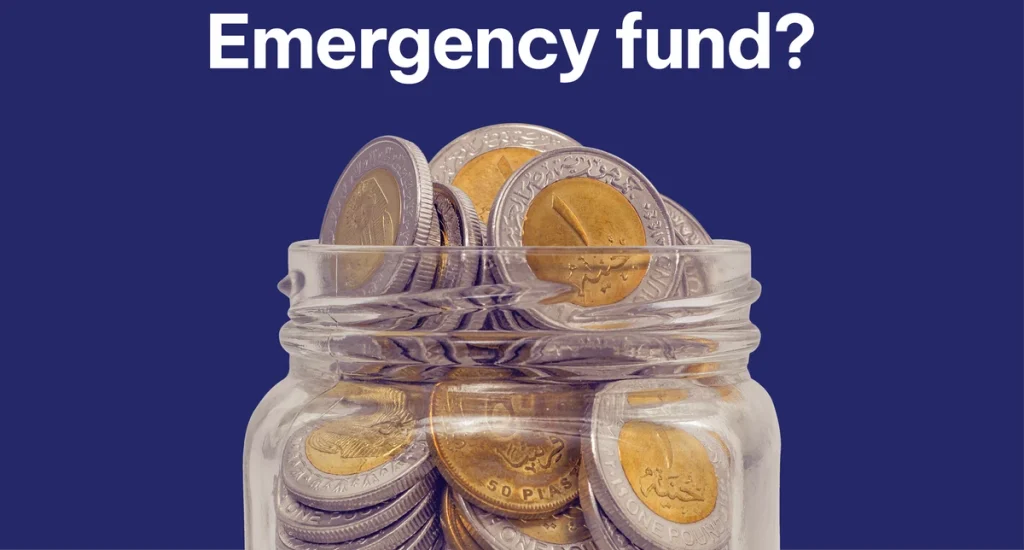Building an Emergency Fund: Why It’s Essential and How to Start

An emergency fund is a critical component of financial stability, providing a safety net for unexpected expenses and financial emergencies. Whether it’s a sudden medical bill, car repair, or job loss, having an emergency fund can prevent you from falling into debt or derailing your long-term financial goals. Here’s why an emergency fund is essential and how to start building one.
The Importance of an Emergency Fund
Financial Security: Life is unpredictable, and emergencies can happen at any time. An emergency fund provides financial security, allowing you to cover unexpected expenses without resorting to credit cards or loans, which can lead to high-interest debt.
Peace of Mind: Knowing that you have a financial cushion can reduce stress and anxiety. It allows you to handle emergencies calmly and confidently, without the added worry of financial strain.
Protecting Your Long-Term Goals: Without an emergency fund, you may need to dip into savings earmarked for other goals, such as retirement or a home purchase. Having a dedicated fund ensures that your long-term savings remain intact.
Avoiding Debt: Emergencies often lead to unplanned expenses. Without a safety net, you might rely on high-interest credit cards or loans to cover costs, leading to debt that can be difficult to repay.

How to Start Building an Emergency Fund
Set a Target Amount: Financial experts generally recommend saving three to six months’ worth of living expenses. This amount provides a comfortable cushion to cover most emergencies. Start by calculating your monthly expenses, including rent/mortgage, utilities, groceries, transportation, and any other essential costs. Multiply this amount by the number of months you want to cover to set your target.
Start Small and Build Gradually: If saving several months’ worth of expenses seems daunting, start with a smaller goal. Aim to save $500 or $1,000 initially. Once you reach that milestone, gradually increase your goal until you reach your target amount.
Automate Your Savings: Set up automatic transfers from your checking account to your emergency fund savings account. Automating your savings ensures consistency and reduces the temptation to spend the money elsewhere. Treat your emergency fund contribution like a regular bill to prioritize it in your budget.
Cut Unnecessary Expenses: Review your budget to identify areas where you can cut back. Redirect the money you save from discretionary spending, such as dining out or entertainment, towards your emergency fund. Even small adjustments can add up over time.

Boost Your Income: Look for ways to increase your income, such as taking on a part-time job, freelancing, or selling items you no longer need. Use the extra income to accelerate your emergency fund savings.
Keep Your Fund Accessible but Separate: Your emergency fund should be easily accessible in case of an urgent need, but separate from your regular checking account to avoid the temptation to dip into it for non-emergencies. A high-yield savings account or a money market account can be good options, offering liquidity and a modest interest rate.
Regularly Review and Adjust: Life circumstances and expenses change over time. Regularly review your emergency fund goal and adjust it as needed. For example, if your living expenses increase, you may need to save more to maintain an adequate cushion.
Staying Committed
Building an emergency fund requires discipline and commitment. It might take time to reach your target amount, but the peace of mind and financial security it provides are well worth the effort. Stay focused on your goal, and remember that every small contribution brings you closer to financial stability.
An emergency fund is an essential component of a healthy financial plan. By setting a target, starting small, automating savings, cutting unnecessary expenses, boosting income, keeping the fund accessible but separate, and regularly reviewing your progress, you can build a robust emergency fund to protect yourself from financial uncertainties. Start today, and take the first step towards greater financial security and peace of mind.
